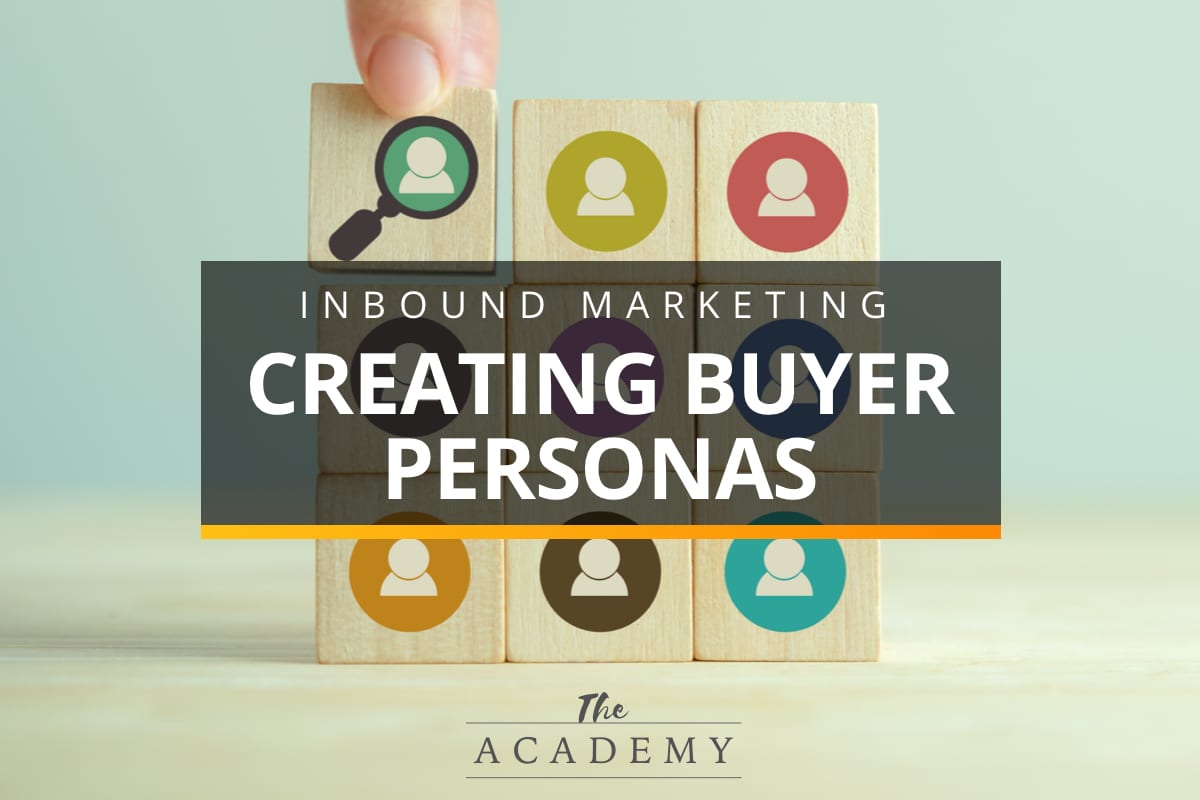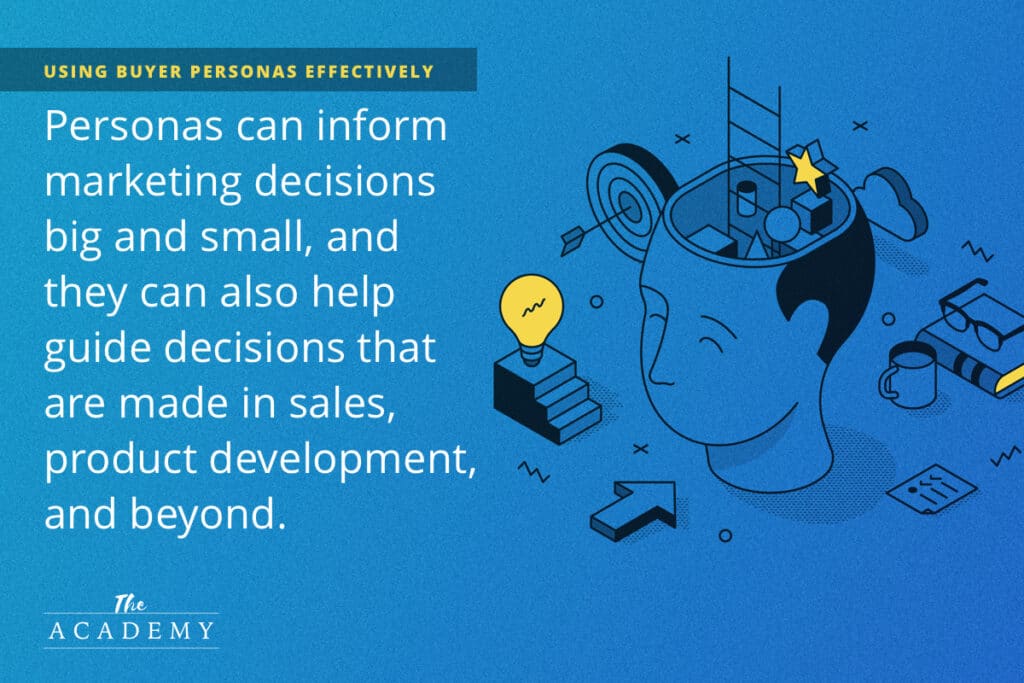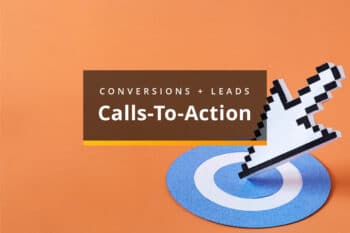
As a marketer, it’s essential for you to know your audience. If you don’t know who you are trying to sell to it will be virtually impossible to properly position your brand and products in the market. Only when you have a clear picture of who these ideal buyers are can you track them down effectively and present your best sales pitch at the right time and in the right place.
This is where the concept of buyer personas becomes so important. As you will see in this article, buyer personas can help you get the most out of your marketing efforts – but only if you use them correctly. Many companies make a half-hearted effort on this concept and wind up getting nothing out of it in return. You’ll need to jump in with both feet and make an honest effort to craft meaningful, accurate buyer personas if you want to get great results.
In the article below, we are going to introduce the concept of buyer personas and explain how you can create and use them for your own business. Let’s get started!
What is a Buyer Persona?
The concept of a buyer persona is based on the process of developing a fictional persona that represents the ideal customer for your business. Although this person is fictional in the sense that he or she doesn’t actually exist, that doesn’t mean the underlying attributes of this character are completely made up. On the contrary, the way you create this persona is by using as much available data as possible to create a profile that closely matches the average person who is known to buy from your brand.
This is a useful exercise because it can bring your buyer to life and give those who work in your business a realistic target to aim at when building marketing strategies. Rather than thinking in general terms about whether or not “the market” will like what you are offering, you can think about this persona and whether or not what you are offering would be appealing to them.
Also, you can go through the effort of creating a variety of personas to cover different types of buyers, and you can then design various marketing plans specifically for those varied personas. This will help your brand to avoid blind spots in your marketing strategy where you overlook types of buyers who could be quite valuable if given the right attention.
The Persona Process
Each company is going to go about the process of developing buyer personas slightly differently, but the points we are going to outline below should give you a good high-level view of how it works. This is the type of project where you just need to dive in and work out some of the details as you go. Then, when creating new personas down the road, you’ll have some experience to build on and you can refine the process to get better results.
A Diverse Team
The first thing to keep in mind when developing buyer personas is that you want as much input from various areas of your business as possible. Of course, in a particularly small business, this is easy – the small team will all have input from start to finish. But if you manage a larger organization, picking people from various departments to bring their perspectives to the task is ideal. In other words, this should not be a marketing-only project – perspectives on what the right buyer persona looks like should come from everywhere.
What Should Be Included?
One of the most important steps is creating a list of attributes that should be included in your persona. This one is going to vary quite a bit from one business to the next, so it will help to think about it in terms of what information your various departments will need when doing their work. For example, if the marketing department is using the persona, what will they want to know? What about the sales department? Some common elements to include in the persona are age, income level, profession, preferred communication channels, goals, limitations, etc.
Where Will the Information Come From?
Once you have figured out what you want to include in your persona or personas, the next logical step is to think about where you’ll gain access to this information. Inevitably, you are going to need to make some educated guesses along the way, but it’s best to start with as much concrete information as you can dig up.
- Sales data. Without a doubt, the best place to start your search for persona information is within the data you have collected from past customers. These are real people that have proven with their dollars that they like what your business has to offer. This is the furthest thing from guessing – it’s proven that these people liked your brand enough to spend money, so other people like them are likely to do the same thing. Pull as much information out of your past records as possible to see what patterns and commonalities emerge.
- Interview customers. Leaning on your sales data is a great start, but you might find that you are limited by how much information was collected at the time of the sale. For instance, if you want to include an age profile in your persona, you might not have any way to know how old those past customers were at the time of purchase. This is where conducting some interviews can go a long way. Reach out to a selection of your past customers and ask if you can interview them to gain more detailed information. It’s usually a good idea to offer some kind of incentive for their time doing the interview, such as a discount on a future purchase or a free product/service of some kind. With the proper incentive, you should have little trouble getting a good sampling of past customers who are willing to answer questions and help you build out the most accurate personas possible.
- Making smart guesses. At some point, you are going to bump up to the limit of what can be known for certain about your audience. Doing the work we outlined above in mining your sales data and conducting interviews will be a great help, but the finishing touches on your personas will come down to gut instincts about who is most likely to buy from you. Use the data as your foundation for these guesses and collaborate with your team to make sure the guesses are logical to all involved.
Using Buyer Personas Effectively
One thing that might surprise you about buyer personas is how they can affect just about everything you do in your business once they are in place. These personas can inform marketing decisions big and small, and they can also help guide decisions that are made in sales, product development, and beyond.

We can’t possibly list all of the potential ways to use your buyer personas here in this section, but we will touch on a few of the big ideas in the list below –
- List segmentation. It’s easy enough to just deliver all of your marketing emails to your entire list, but that’s not an optimized strategy that is going to lead to ideal results. Instead, consider using your personas to segment that list logically, and then tailor the messages you send out to align nicely with your various segments. You may still have some messages that will go out to the entire list, but your segmented efforts are likely to achieve the best results.
- Spend in the right places. Your personas should help you determine where your target audience can be found on the web. So, for example, if you have been spending on Facebook ads but your personas indicate that only a small percentage of your audience actively uses Facebook, you might decide to redirect those resources to a more relevant platform for your brand.
- Build new landing pages. Have you ever considered building landing page versions that are customized to your various personas? Doing so will take some time and effort, but the results can be impressive. With a landing page that aligns nicely with the wants and needs of each persona – and with sales copy that is going to resonate with that audience – you might see your conversion rates take a big jump up.
- Pair up strategically. Working with other brands that complement your own is a good marketing technique, and your personas can help you pick out the right partners for this approach. Through the lens of your various personas, you can figure out what other companies your audience is likely to patronize and reach out to those businesses to discuss the possibilities.
- Avoid the opposites. Looking at your personas in reverse, you can easily see who you are trying to avoid as a customer. In other words, if you think about what person would be the opposite of your ideal buyer persona, you can see the segment of the market that you are not trying to attract, and you can avoid spending time and money in places that are likely to lead you to those people. Sometimes, avoiding marketing to the wrong people can be just as important as presenting your message to the right audience.
The Work is Never Done
It’s important to understand that the buyer personas you use in your organization should never be considered “finished”. Rather, they should be ever-evolving, with constant updates and changes reflecting the improved understanding you have of your audience. Consistently request feedback on the personas from various departments so updates can be made and the effectiveness of this tool can be improved.
In addition to sharpening your personas as a result of gaining knowledge, keeping them up to date also allows you to adapt to a changing market. It might be that your old personas were actually quite accurate to begin with – but they no longer represent who is buying from you. Using outdated personas could be a costly marketing mistake but it can be avoided with a little time and attention along the way.
This valuable marketing concept should not be ignored. Once you’ve taken the time to develop accurate personas, and you start to find ways that you can utilize these personas to find actual buyers for your products and services, you’ll wonder how you ever did business any other way. We hope this article has gotten you excited about the possibilities for your brand and we wish you the best of luck with this endeavor!
Most Popular Articles

Seeing Favicons in Your Google Search Results? Here’s Why…
Have you noticed anything different in your Google Search results lately? Google added tiny favicon icons to its organic search results in January. It was…

Business Growth and Digital Marketing News & Tips 4-14-24
Did you know? It’s five to twenty-five times more expensive to acquire a new customer than to retain an existing one. Increasing customer retention by…

Business Growth and Digital Marketing News & Tips 3-28-24
With the desire for precise measurement tools to determine ROI, there has been a rise in attention metrics. These metrics, which often utilize eye-tracking data,…








